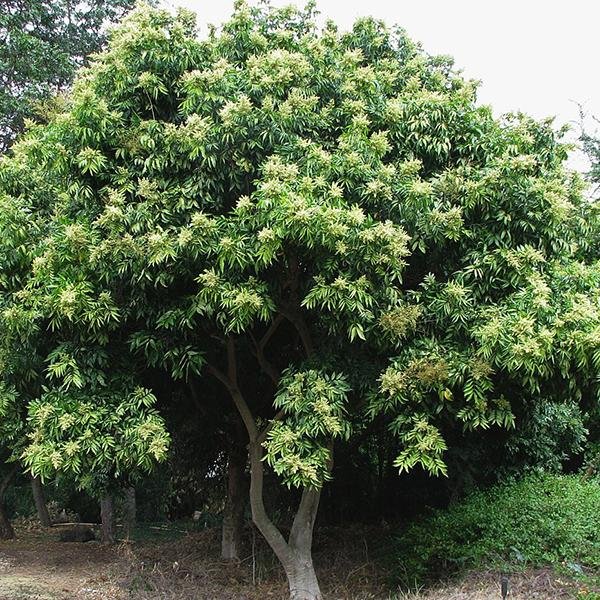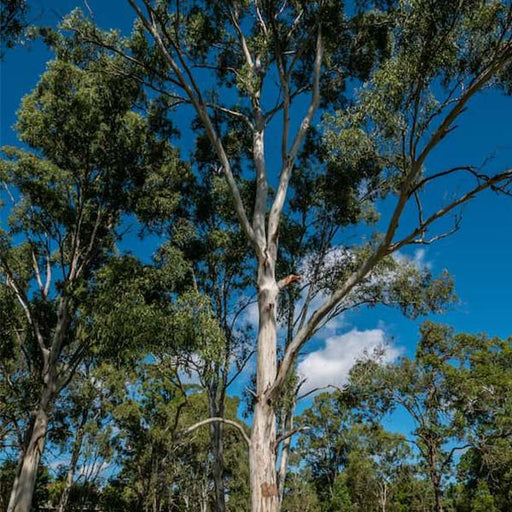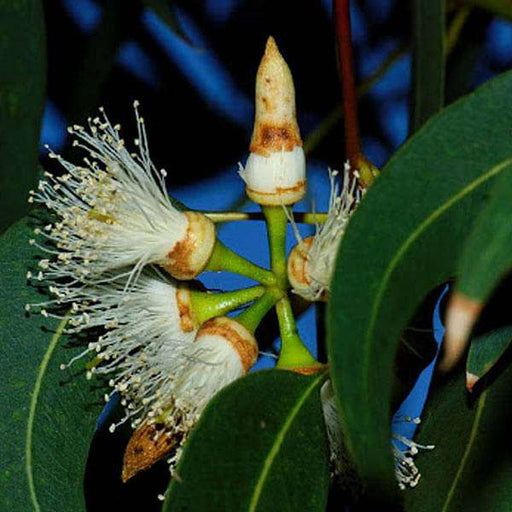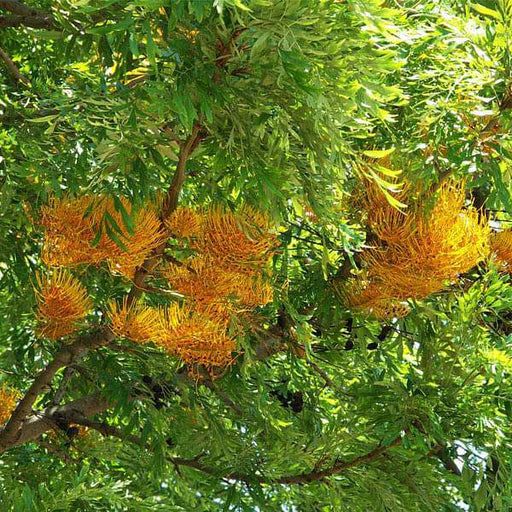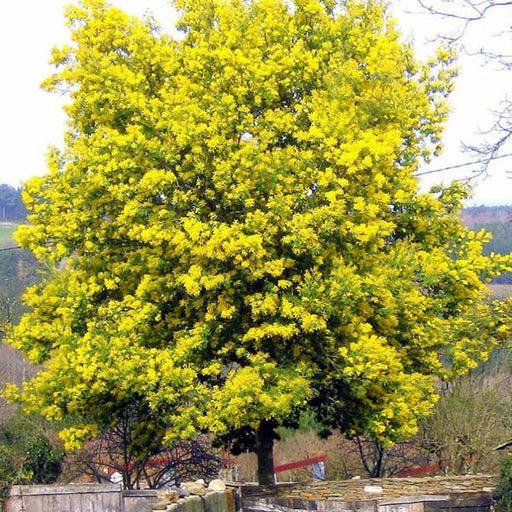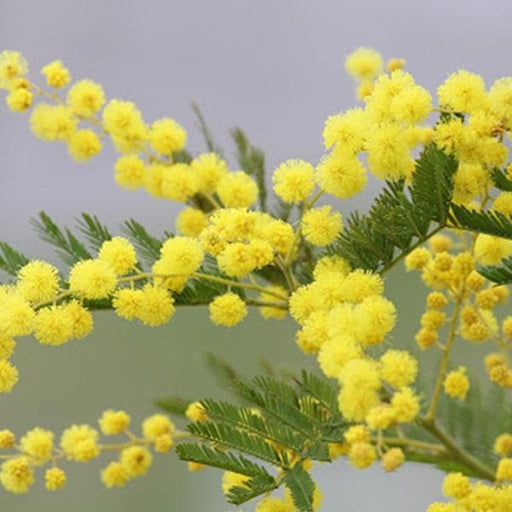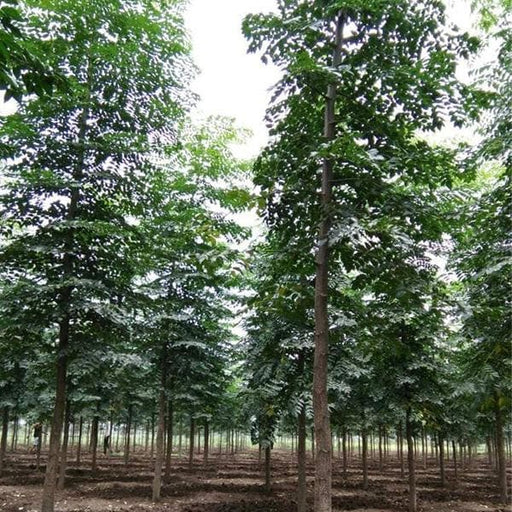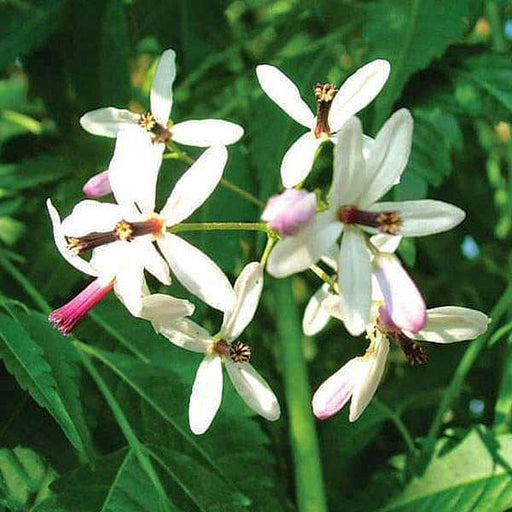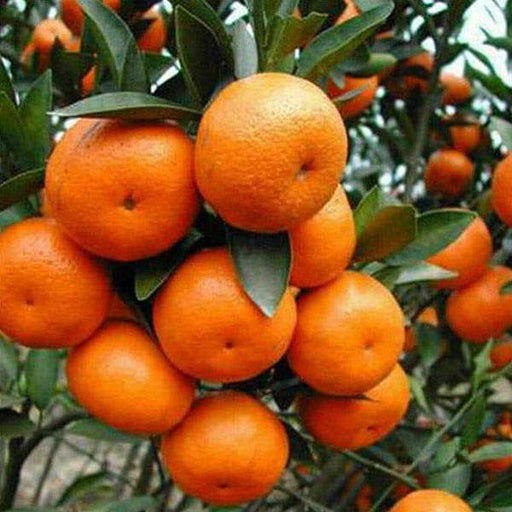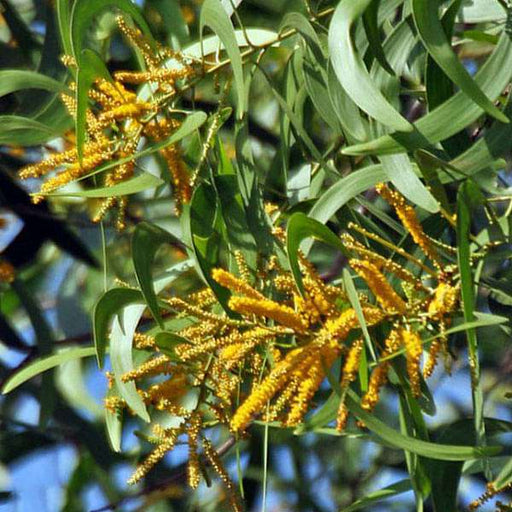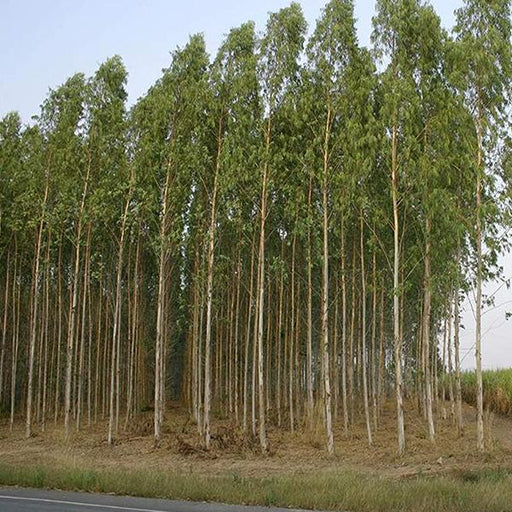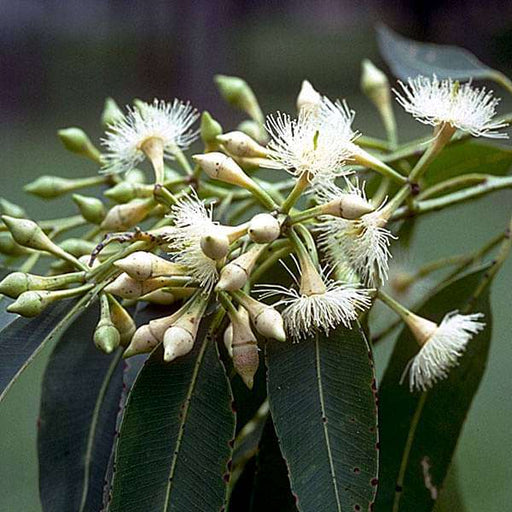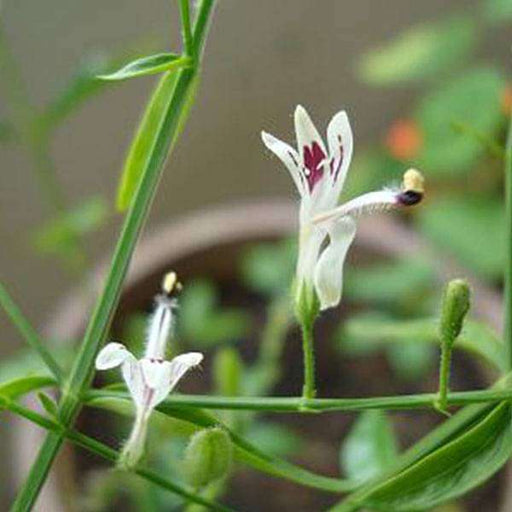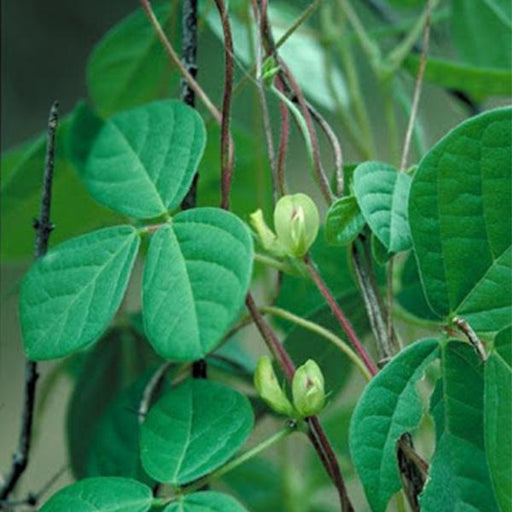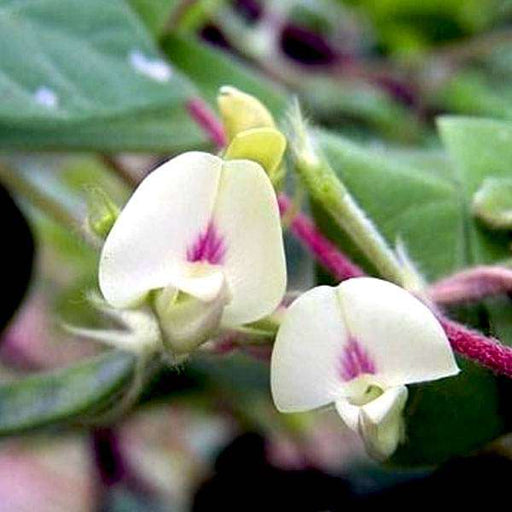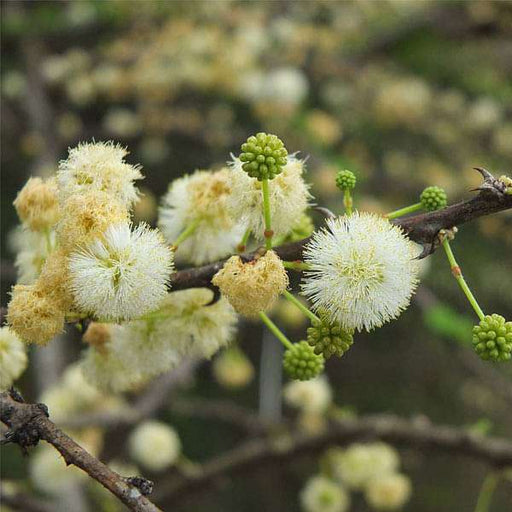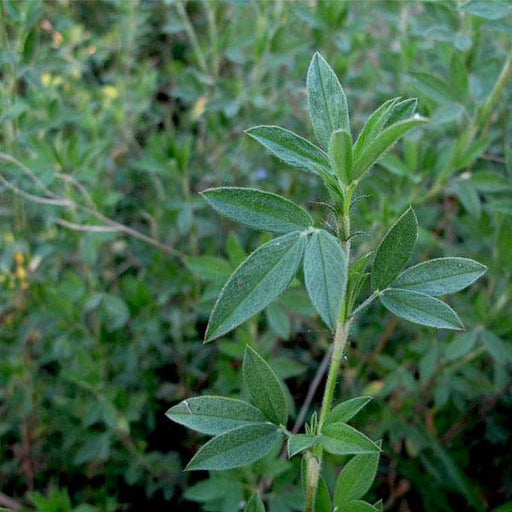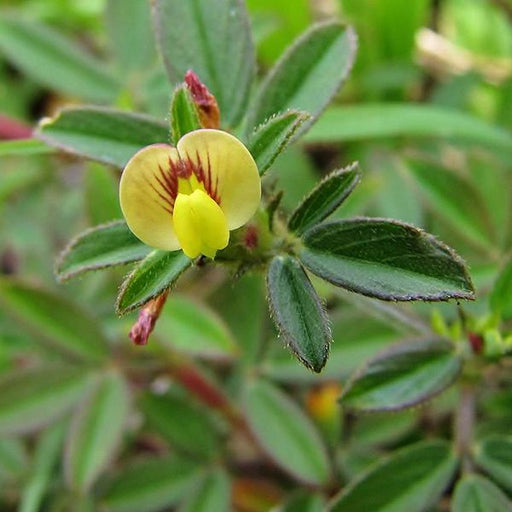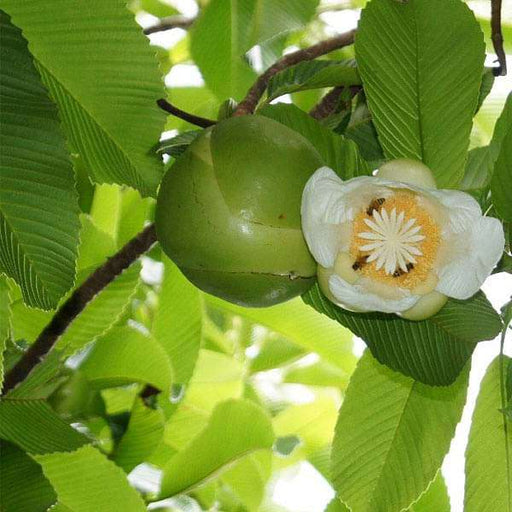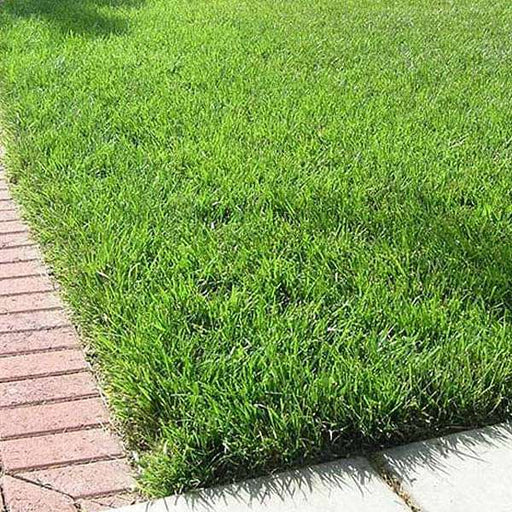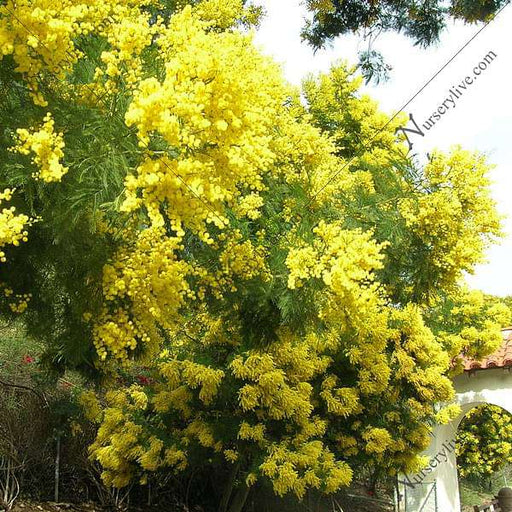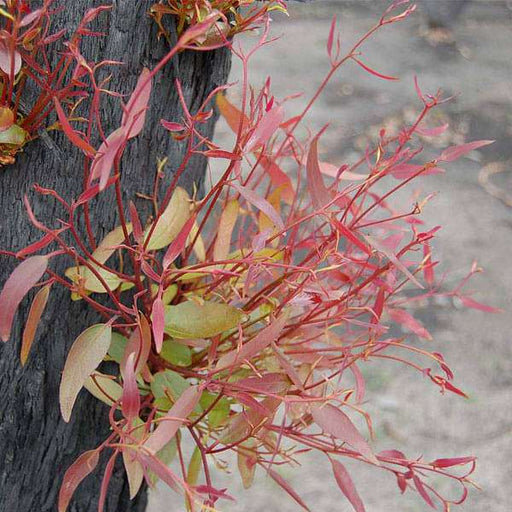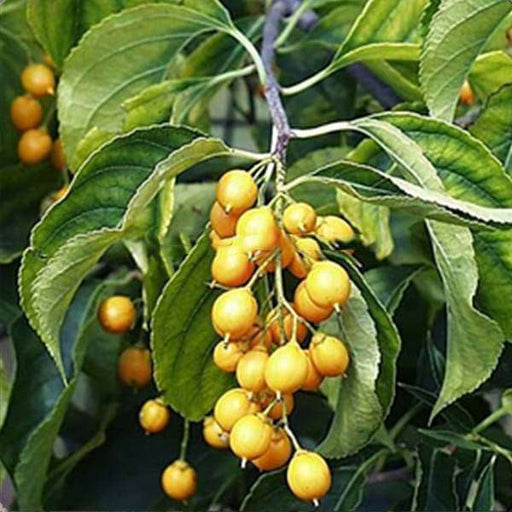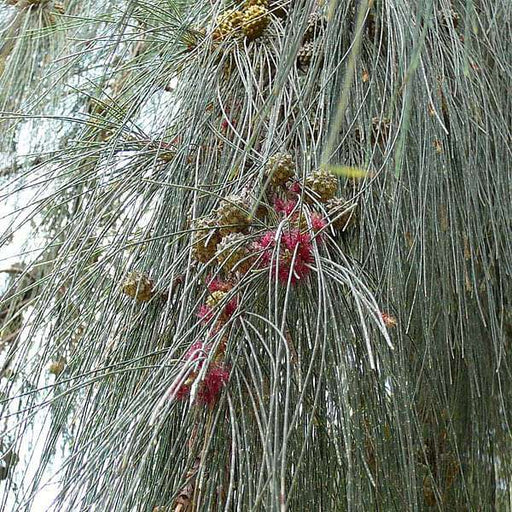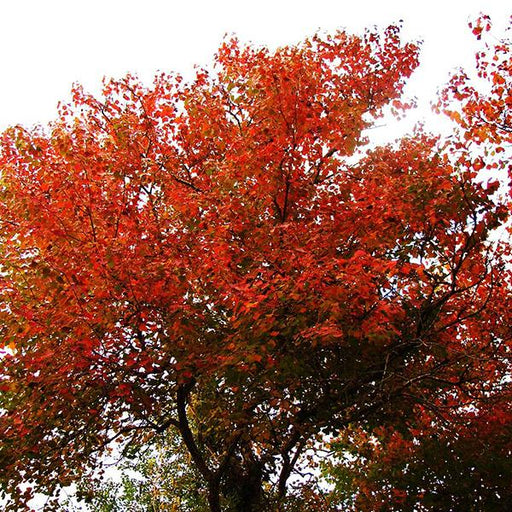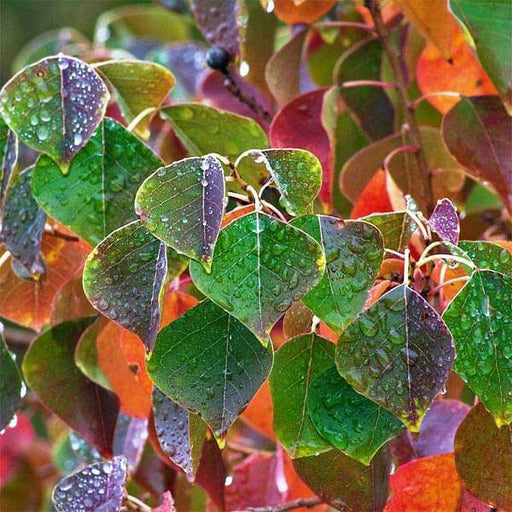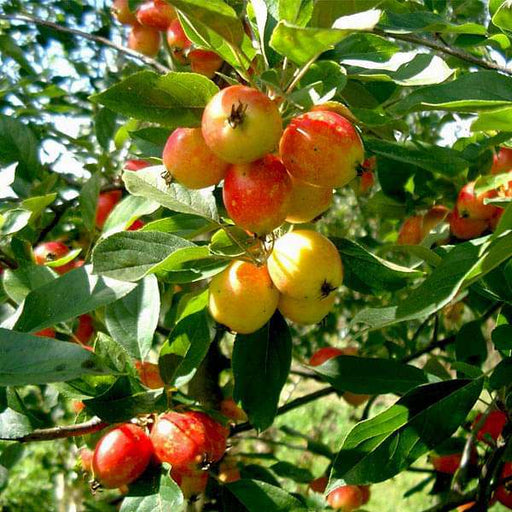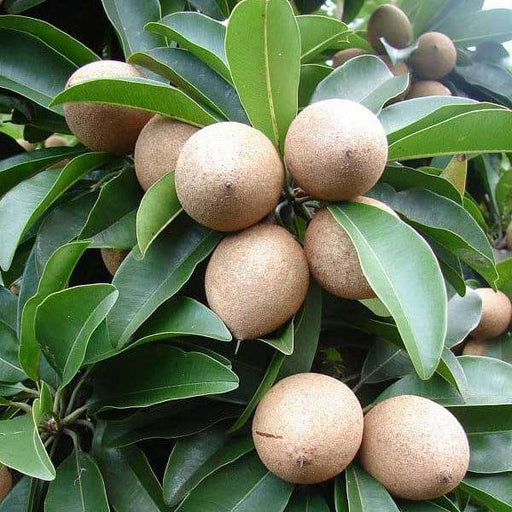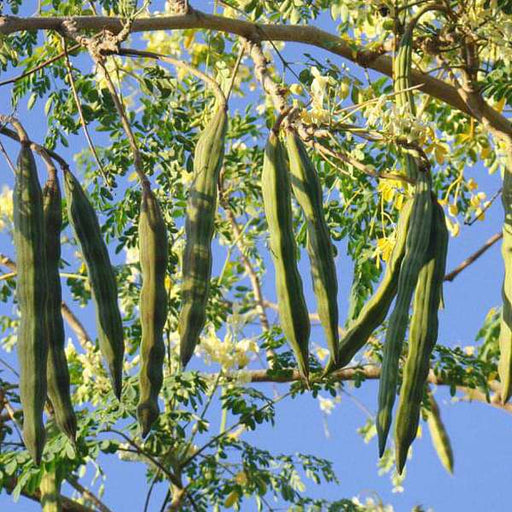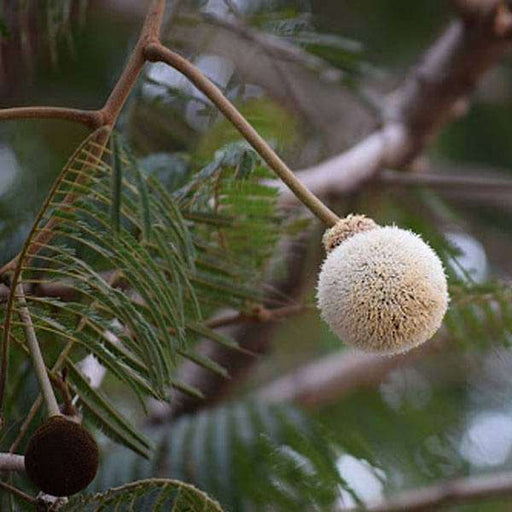Winter Tree Planting
Winter tree planting can be a challenging but rewarding way to grow trees and forestry plants, with a unique set of considerations compared to other seasons.
Seed Selection
Choosing the right tree and forestry seeds is crucial to successful winter planting. Consider the needs of the particular species and the climate of your region.
Seedling Care
Once your seeds have germinated and grown into seedlings, proper care is essential for their survival in the cold winter months. This includes providing adequate water, protection from frost, and nutrients.
Soil Preparation
Proper soil preparation is critical for successful tree and forestry seed growth. This includes tilling the soil, adding nutrients, and ensuring proper drainage.
Tree Species
Different tree species have unique requirements for growth and survival. Understanding these requirements is essential to selecting the right tree species for a particular location and purpose.
Seed Viability
Seed viability refers to the ability of a seed to germinate and grow into a healthy plant. It's important to use viable seeds to ensure successful growth.
Seed Storage
Proper seed storage is essential to ensure the seeds remain viable and healthy. This includes storing them in a cool, dry place and protecting them from pests and moisture.
Tree Nursery
A tree nursery can be a great resource for winter planting, providing ideal growing conditions and expert guidance for care and maintenance.
Seedling Transplantation
Transplanting seedlings from their initial location to a new location for further growth is a delicate process that requires proper care and handling to ensure their survival.
Afforestation
Afforestation is the process of planting trees in an area where there was previously no forest. It can be an effective tool in mitigating the effects of climate change.
Reforestation
Reforestation involves replanting trees in an area where a forest has been lost. It can be essential to restoring ecological balance and mitigating the effects of deforestation.
Sustainable Forestry
Sustainable forestry is the practice of managing forests in a way that preserves their ecological integrity and promotes long-term economic sustainability.
Carbon Sequestration
Trees and forests play a vital role in carbon sequestration, removing carbon dioxide from the atmosphere and storing it in the plant material and soil.
Forest Ecosystems
Forest ecosystems are complex, interconnected systems that include various plant and animal species. Understanding these ecosystems is essential to maintaining healthy forests.
Forest Management
Forest management involves the responsible stewardship of forested land, including maintaining ecological health, protecting biodiversity, and promoting economic sustainability.
Forest Restoration
Forest restoration involves the process of restoring degraded or damaged forests to a healthy and thriving state.
Silviculture
Silviculture is the practice of cultivating and managing forests for timber production or other uses. It involves various techniques, including planting, pruning, and harvesting.
Agroforestry
Agroforestry is the practice of integrating trees into agricultural landscapes, providing various ecological and economic benefits.
Water Management
Proper water management is essential for successful winter planting. This includes ensuring adequate irrigation and drainage to prevent waterlogging and drought stress.
Pest Control
Pests and diseases can be a significant threat to tree and forestry seedlings in the winter months. Proper pest control measures, such as regular monitoring and treatment, can help ensure their survival.

